Mohamed Hajaj
Learning Multiple Categories on Deep Convolution Networks
Feb 21, 2018
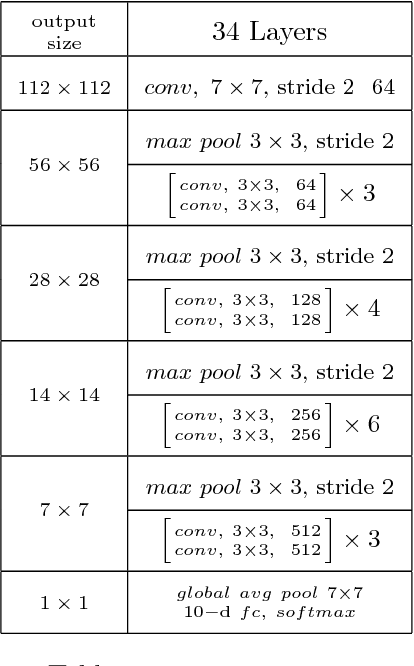

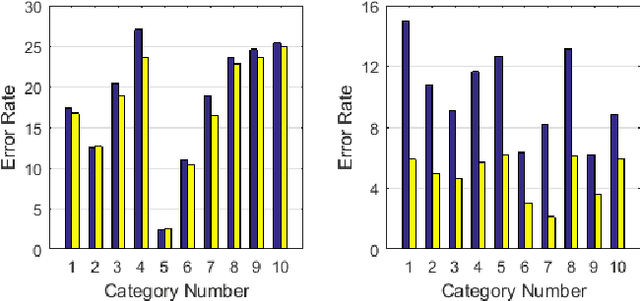
Abstract:Deep convolution networks have proved very successful with big datasets such as the 1000-classes ImageNet. Results show that the error rate increases slowly as the size of the dataset increases. Experiments presented here may explain why these networks are very effective in solving big recognition problems. If the big task is made up of multiple smaller tasks, then the results show the ability of deep convolution networks to decompose the complex task into a number of smaller tasks and to learn them simultaneously. The results show that the performance of solving the big task on a single network is very close to the average performance of solving each of the smaller tasks on a separate network. Experiments also show the advantage of using task specific or category labels in combination with class labels.
Batch Normalization and the impact of batch structure on the behavior of deep convolution networks
Feb 21, 2018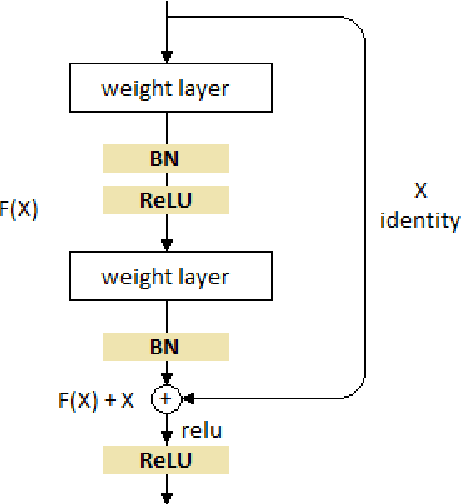
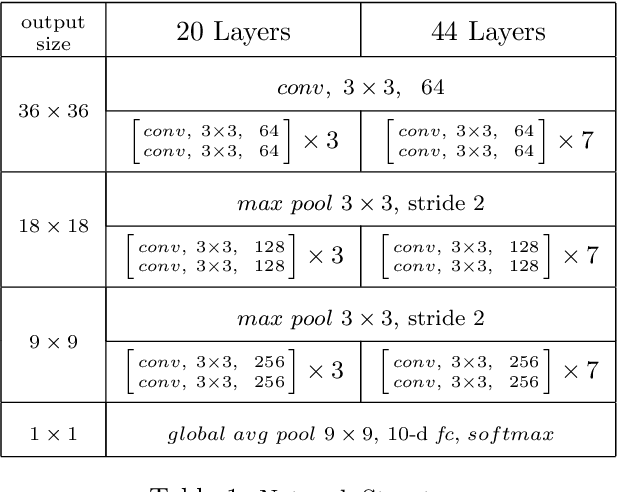

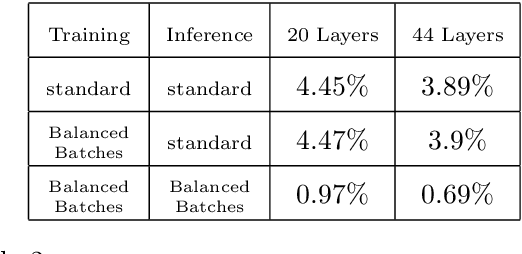
Abstract:Batch normalization was introduced in 2015 to speed up training of deep convolution networks by normalizing the activations across the current batch to have zero mean and unity variance. The results presented here show an interesting aspect of batch normalization, where controlling the shape of the training batches can influence what the network will learn. If training batches are structured as balanced batches (one image per class), and inference is also carried out on balanced test batches, using the batch's own means and variances, then the conditional results will improve considerably. The network uses the strong information about easy images in a balanced batch, and propagates it through the shared means and variances to help decide the identity of harder images on the same batch. Balancing the test batches requires the labels of the test images, which are not available in practice, however further investigation can be done using batch structures that are less strict and might not require the test image labels. The conditional results show the error rate almost reduced to zero for nontrivial datasets with small number of classes such as the CIFAR10.
 Add to Chrome
Add to Chrome Add to Firefox
Add to Firefox Add to Edge
Add to Edge